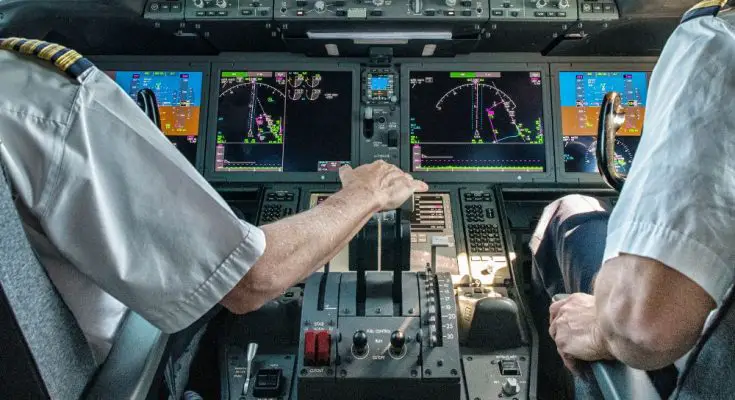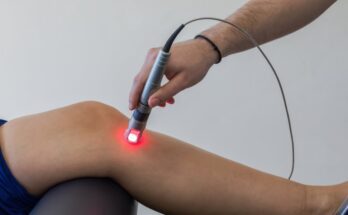When you’re sitting on an airplane trying to get from point A to point B, have you ever wondered who’s in control? While you’re in your seat sipping a mini-bottle of wine and watching the in-flight movie, there’s someone up in the cockpit flying the plane. Do airline pilots fly the aircraft?
The answer to this question is not as simple as you might think. Let’s look at the different stages of flight and see how much control pilots have.
Takeoff and Landing
Takeoff and landing are the most important times for a pilot to control the aircraft. These are the moments when the plane is at its most vulnerable, and the pilot must be able to take quick and decisive action if something goes wrong.
During takeoff, the pilot controls the aircraft by pushing and pulling on the control yoke. This input transfers to the aircraft’s elevators, which govern the pitch of the plane’s nose. The pilot must maintain a certain speed and keep the plane’s nose up to take off safely.
Landing is even more complicated than takeoff. Not only does the pilot have to control the speed and pitch of the plane, but they must also line up the plane with the runway and make sure it touches down smoothly. Because of these requirements, landings are often the most difficult part of a pilot’s job.
In the Air
Once the plane is in the air, the pilot is no longer responsible for controlling the plane’s speed and pitch. Instead, that responsibility falls to the autopilot system.
The autopilot is a computer that handles all of the flying and the aircraft’s GPS equipment. The pilot can program the autopilot to fly the plane on a certain route and maintain a certain speed and altitude. The autopilot will make small adjustments to the plane’s course to avoid bad weather.
The pilot is responsible for monitoring the plane’s progress and ensuring everything goes according to the flight plan. However, once the plane is in the air, the pilot can take a breather.
Pilots and Flying
So, do airline pilots fly the aircraft? It depends on what you mean by “fly.” The answer is no if you mean manually controlling the plane’s speed and pitch during the whole flight. If you mean monitoring the plane’s progress and ensuring everything is going according to plan, the answer is yes.
In short, pilots are responsible for taking off and landing the plane. They must monitor the aircraft while it’s in the air, but then the autopilot takes over and does most of the work.
Either way, pilots have lots of training and experience flying planes. Even though they might not be flying the aircraft every moment, you can rest assured that they know what they’re doing.
Additional Resources:
Helicopters
Scooters
Pickup Trucks
Limos



